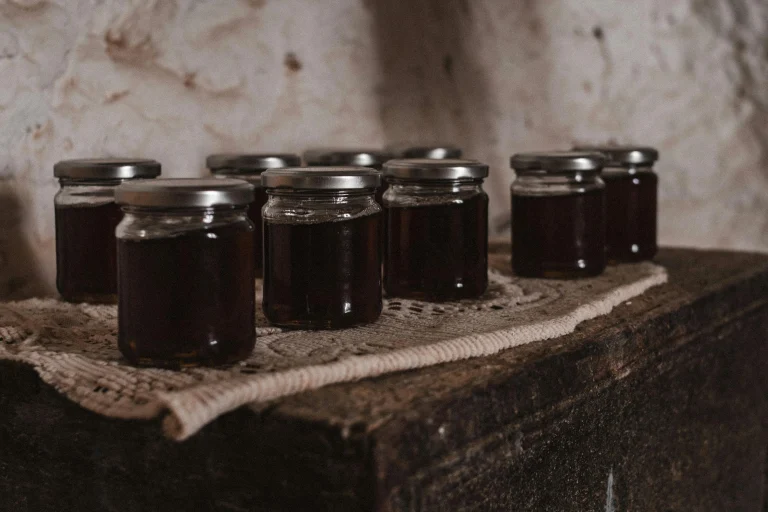🌿 Why Canning Season Feels Like Home
There’s something incredibly comforting about canning season. It’s a special time of year when gardens overflow and kitchens come alive with the scent of bubbling fruit, zesty pickles, and savory vegetables. Maybe you remember your grandmother lining up rows of home-canned jars, or maybe you’re starting your own canning journey today. Either way, this annual ritual is about more than just preservation—it’s about tradition, abundance, and building food security.
Whether you’re living on a homestead or in a city apartment, embracing the rhythm of canning season gives you control over your food, helps you reduce waste, and saves money. This guide will help you succeed and make the most of the home canning season.
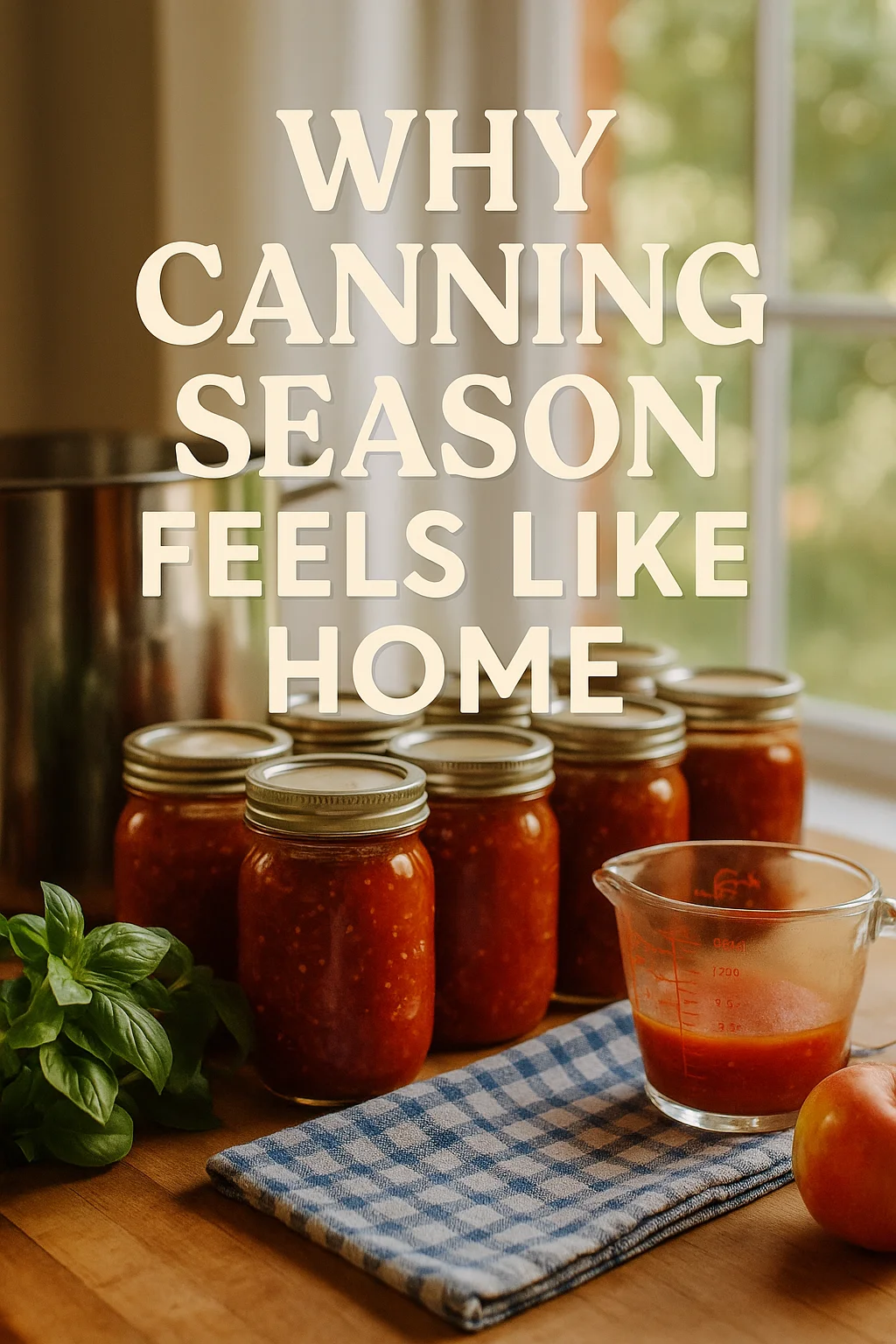
🧺 What Is Canning Season?
📆 Timing and Purpose
Canning typically starts in late summer and continues through fall. It aligns with harvest time—when produce like tomatoes, cucumbers, peaches, and berries are at their freshest and cheapest.
Why it matters:
- Preserves seasonal produce
- Reduces reliance on store-bought goods
- Supports food security and self-reliance
If you’re truly committed to building a more self-reliant kitchen and homestead lifestyle, learning how to store, grow, and preserve food efficiently is key. That’s why many beginners and experienced canners alike trust The Self-Sufficient Backyard for comprehensive, beginner-friendly guidance. It’s packed with timeless tips for long-term food preservation, DIY systems, and year-round food security.
Whether you’re making salsa, fruit jam, or bone broth, this is the perfect opportunity to stock up naturally and deliciously.
🛠️ Essential Supplies for Home Canning
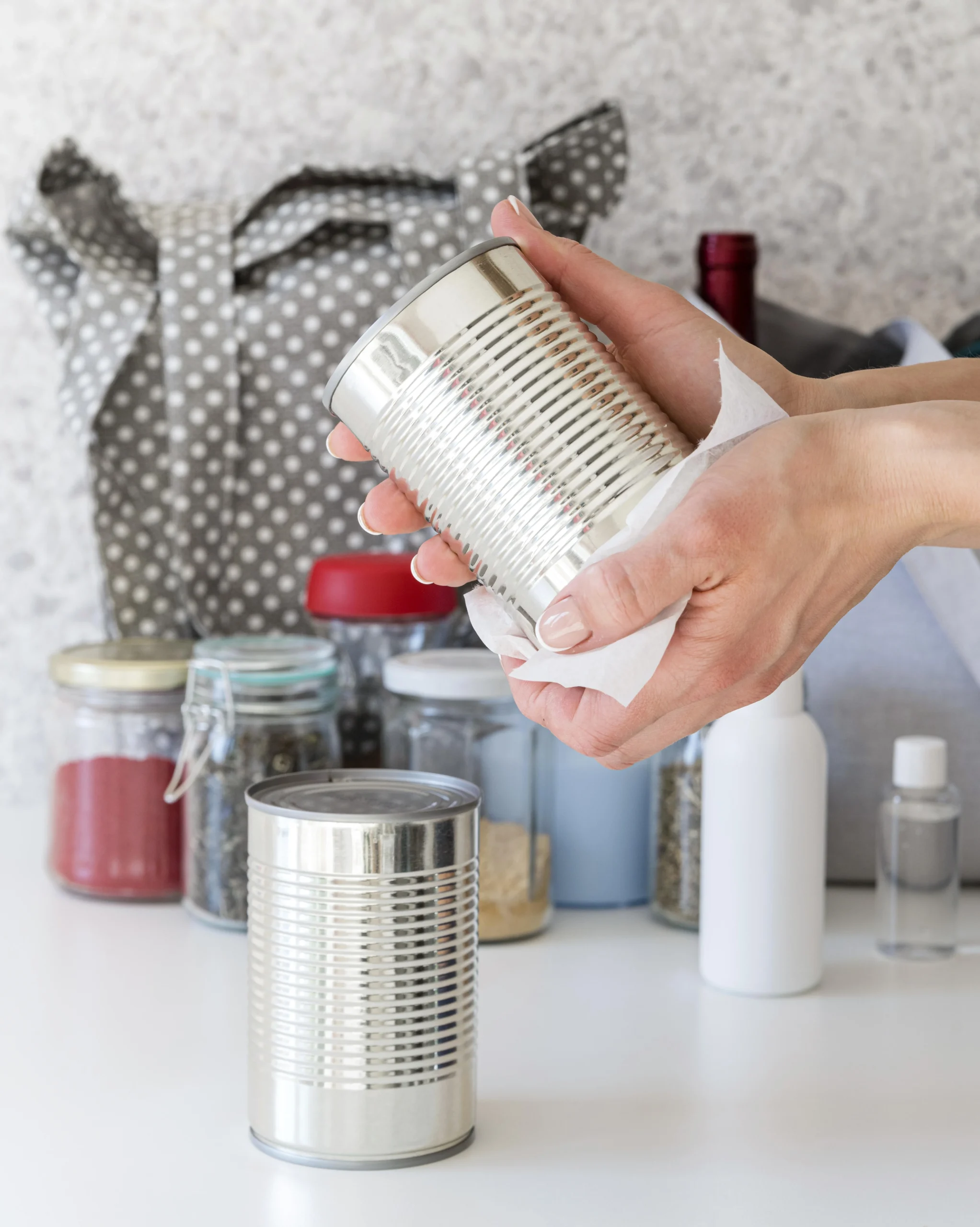
Before you dive into jars and recipes, gather these supplies:
🏷️ Equipment Checklist
- Mason jars (pints, quarts, or half-gallons)
- Two-piece metal lids (lids + rings)
- Water bath canner
- Pressure canner (for low-acid foods)
- Jar lifter, magnetic lid wand, headspace measurer
- Ladle, wide-mouth funnel
🧂 Ingredients and Add-Ons
- White vinegar (5% acidity)
- Bottled lemon juice (for safe pH)
- Pickling salt or canning salt
- Sugar or honey
- Fruit pectin (for jams and jellies)
- Spices: mustard seeds, dill, cinnamon, etc.
Pro tip: Keep backup lids and rings ready.
🔥 Water Bath vs. Pressure Canning
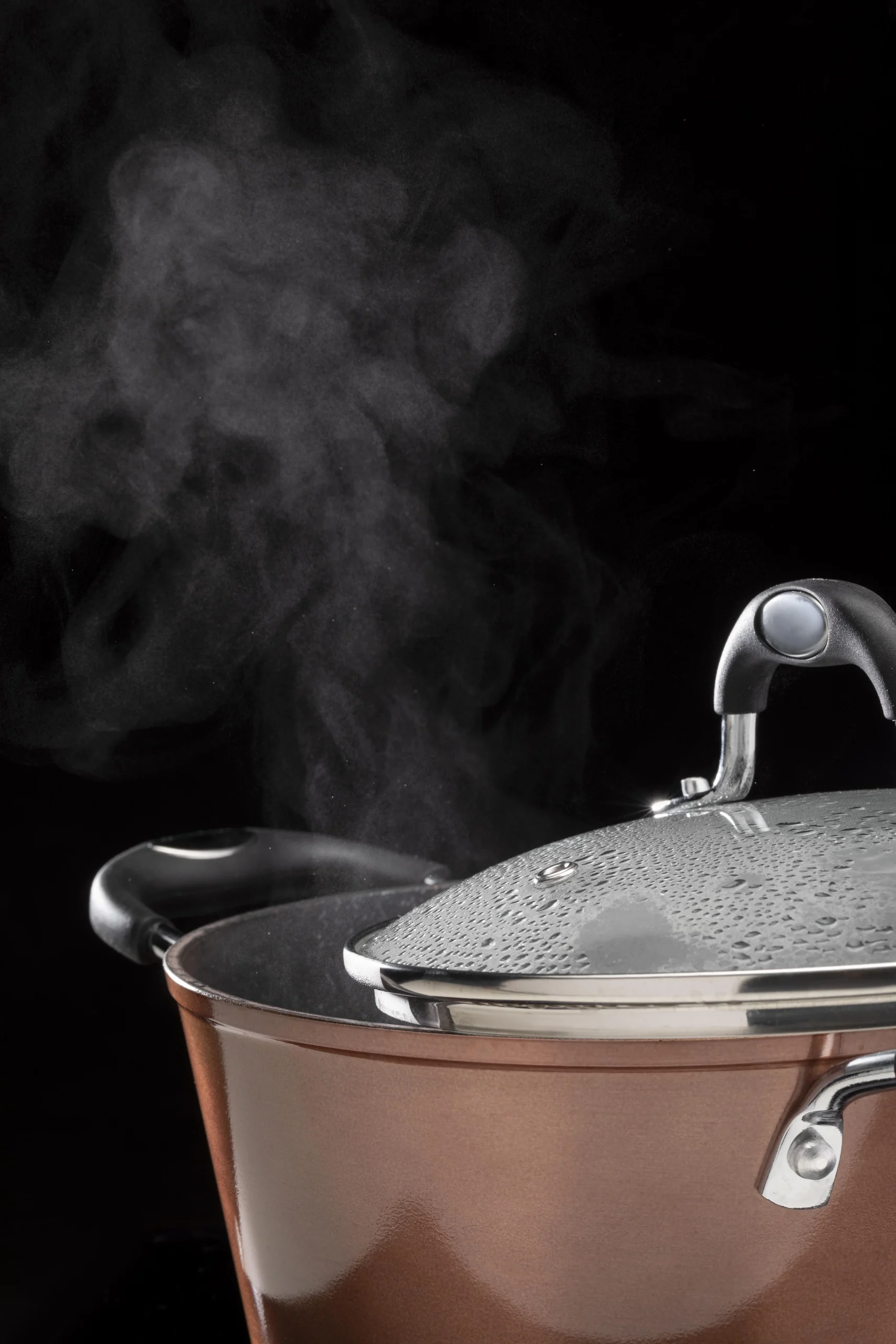
🥫 Water Bath Canning
Used for high-acid foods like:
- Pickles
- Jams and jellies
- Tomatoes (with added lemon juice)
- Fruits like peaches, berries, applesauce
🔧 Pressure Canning
Used for low-acid foods:
- Green beans, carrots, corn
- Meats and stews
- Poultry, broth, soups
🧾 Quick Food Matchup Guide
- Strawberries → Water bath (jam)
- Tomatoes → Water bath with added acid
- Green beans → Pressure canner (low acid)
- Chicken broth → Pressure canner
- Pickled cucumbers → Water bath
- Beets → Pressure canner or pickled for water bath
Always use the proper method for safety.
🍅 Top Foods to Preserve at Home
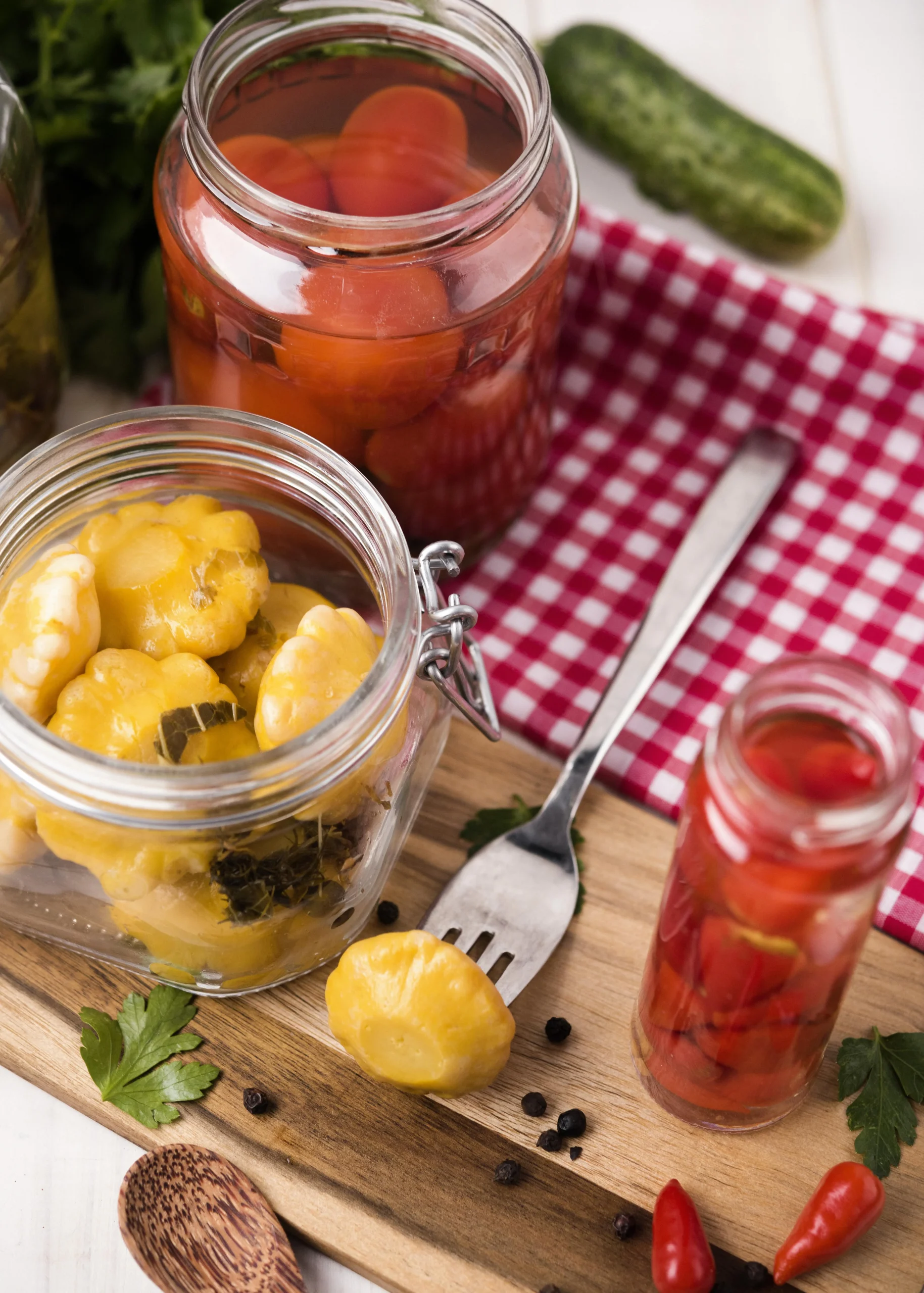
When planning your canning projects, focus on what your household eats most often:
Vegetables
- Green beans
- Sweet corn
- Diced carrots
- Beets
- Tomatoes (crushed, sauced, whole)
Fruits
- Strawberries
- Blueberries
- Peaches
- Apples (slices, sauce, butter)
- Cherries
Pantry Staples
- Pickles (cucumber, green tomato, zucchini)
- Salsa
- Relish
- Jam, jelly, marmalade
- Broths and meat
Local markets, farm shares, and your own garden can all fuel your preservation success.
🥄 Beginner-Friendly Canning Recipes

🍓 Strawberry Jam (Water Bath)
Ingredients:
- 2 lbs strawberries
- 4 cups sugar
- 1/4 cup bottled lemon juice
- 1 box pectin
Steps:
- Mash strawberries and heat until bubbling.
- Stir in pectin and lemon juice.
- Add sugar; boil 1 minute.
- Fill jars, leave 1/4″ headspace.
- Process in water bath 10 minutes.
🥬 Green Beans (Pressure Canning)
Ingredients:
- 2 lbs trimmed green beans
- 1/2 tsp canning salt (per pint)
- Boiling water
Steps:
- Pack hot jars tightly with beans.
- Add salt and boiling water (1″ headspace).
- Process at 10 lbs for 20 minutes.
These staples make the process approachable and rewarding.
⚠️ Safety Tips for Preserving Food
🚫 Common Mistakes to Avoid
- Reusing metal lids
- Not adjusting for altitude
- Ignoring headspace guidelines
- Trusting untested internet recipes
✅ Best Practices
- Follow USDA or Ball guidelines
- Boil jars if processing time is under 10 mins
- Label with date and contents
- Store in a cool, dark pantry
A safe process is a successful one.
📚 Best Resources for Home Canning
Here are trusted sources to guide you:
- USDA Complete Guide to Home Canning
- Ball Blue Book of Preserving
- YouTube: Homesteading Family, Living Traditions
- Local extension offices (often free classes!)
Don’t guess. Trust reliable information.
✅ Product Recommendation Section
Recommended Resource for Home Canners
If you’re serious about taking your pantry to the next level—beyond just jams and pickles—The Self-Sufficient Backyard is a fantastic, in-depth guide. It covers how to grow your own food, preserve it safely, and even live off-grid with minimal resources. Whether you’re on a homestead or prepping in the suburbs, this guide shows you how to become more independent—one jar at a time.
✅ Step-by-step food storage methods
✅ Garden layouts for maximum harvest
✅ DIY canning, drying, and root cellar tips
✅ Proven techniques from real homesteaders
Start simplifying your life and securing your food supply with The Self-Sufficient Backyard—a must-have for every pantry-building journey.
❓ FAQ – Mastering the Canning Season
When should I start canning?
Late summer through fall is prime canning season, though certain produce is available year-round.
Can I reuse jars and lids?
Jars: yes, if they’re not chipped. Lids: no. Always use fresh ones for sealing.
How long do canned goods last?
12–18 months if stored in cool, dry, and dark conditions.
Is lemon juice necessary?
Yes, for many fruits and tomatoes—it helps ensure safe acidity.
Can I make up my own recipes?
Only if they’ve been scientifically tested for safe acidity and processing times.
✅ Conclusion: Celebrate Each Jar You Make
Canning season is more than a chore—it’s a celebration of self-sufficiency, sustainability, and good food. Whether you’re making a few jars of jam or preserving a full harvest, each sealed lid is a step toward a more secure and delicious future.
Fill your shelves with homemade flavors. Share with friends. Teach the next generation. And enjoy the pride that comes with every jar.
Here’s to a safe, flavorful, and productive canning season!

